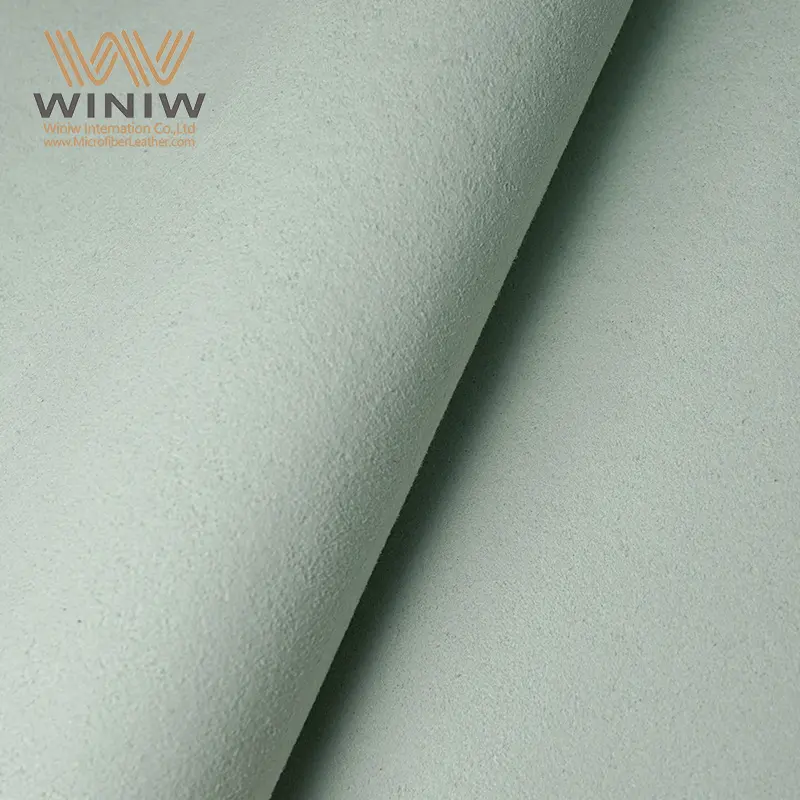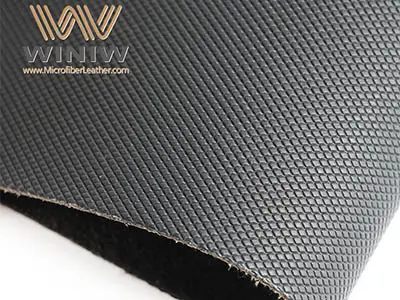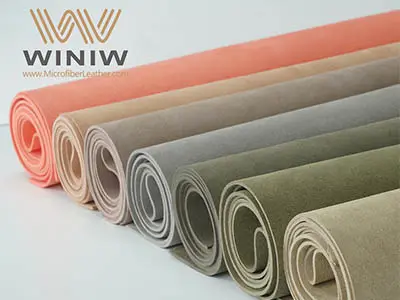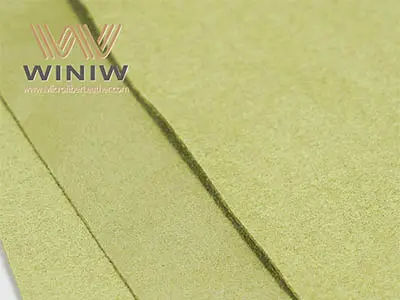How Do You Make Suede Last Longer?
Preserving suede’s exceptional beauty requires a commitment to proper care, but the rewards far outweigh the effort. When maintained correctly, suede can last for decades while developing the coveted patina that makes it so distinctive. The key lies in understanding the material’s unique vulnerabilities—particularly its sensitivity to moisture and abrasion—and implementing a proactive maintenance routine. With the right techniques, your suede items will not only survive daily wear but thrive, becoming more luxurious and characterful with time.
The foundation of suede longevity is regular cleaning and brushing. Unlike other fabrics that can be machine-washed, suede requires gentle, manual care. A high-quality suede brush with brass bristles is essential for maintaining the nap—daily light brushing removes surface dust and prevents dirt from becoming embedded in the fibers. For deeper cleaning, a suede eraser can lift minor scuffs and stains without damaging the material. This simple routine, performed weekly, dramatically extends the life of suede by preventing buildup that could eventually lead to permanent discoloration or fiber damage.
Protection is equally critical. Applying a suede protector spray creates an invisible barrier against moisture and stains, though it’s important to note that no treatment makes suede fully waterproof. Reapplication every few months—or after heavy use—is necessary to maintain protection. When selecting a spray, choose one specifically formulated for suede (not generic leather products), and always test it on an inconspicuous area first. This proactive measure can prevent countless headaches, especially in rainy climates or for items like shoes that face frequent environmental exposure.
Proper storage plays an often-overlooked role in suede preservation. Unlike cotton or synthetic fabrics that can be crumpled into drawers, suede needs breathing room to maintain its shape. Store garments on wide, padded hangers to prevent creasing, and use breathable garment bags to shield them from dust while allowing air circulation. For shoes, stuff them with acid-free paper or cedar inserts to absorb moisture and maintain their form. Never seal suede in plastic bags, as trapped humidity can lead to mold growth—a silent destroyer of fine leather goods.
Environmental factors also demand attention. Direct sunlight fades suede unevenly, while extreme heat dries out its natural oils, leading to brittleness. When not in use, keep suede items in a cool, dry place away from windows and radiators. Humidity control is equally important—excess moisture encourages mold, while excessive dryness causes cracking. In particularly harsh climates, consider using a dehumidifier or silica gel packets in storage areas to maintain optimal conditions.
For inevitable stains and deeper cleaning, professional assistance may be necessary. While minor scuffs can be handled at home, set-in stains or water damage often require the expertise of a professional leather cleaner. Attempting DIY solutions with household products risks irreversible damage, as suede’s delicate fibers absorb chemicals aggressively. Investing in occasional professional care—particularly for high-value items—can prevent small issues from becoming catastrophic problems.
Finally, the way you use suede items impacts their lifespan. Rotate between multiple pairs of suede shoes to allow each pair to air out and recover its shape. Avoid wearing suede in muddy or gritty conditions whenever possible, and address spills immediately with careful blotting (never rubbing). For garments, consider reserving your favorite suede jacket for special occasions if your lifestyle involves frequent exposure to harsh conditions. These small compromises pay dividends in preserving the material’s integrity.
In essence, making suede last longer is about treating it as the premium material it is. With regular maintenance, protective measures, and mindful usage, your suede pieces will develop a rich patina while resisting the wear and tear that plague lesser fabrics. The effort required is minimal compared to the rewards—a lifetime of luxury, character, and timeless elegance that only genuine suede can provide. Far from being high-maintenance, suede proves that true quality demands and deserves thoughtful care.




